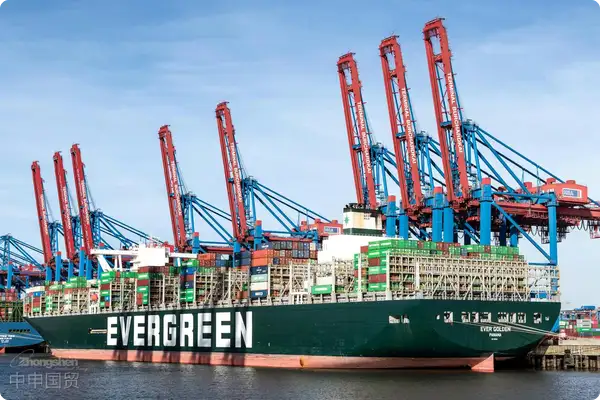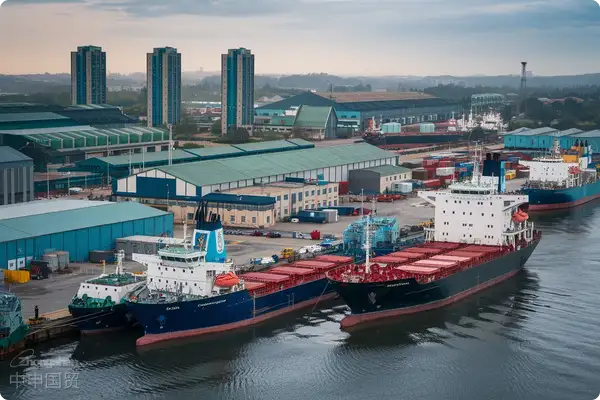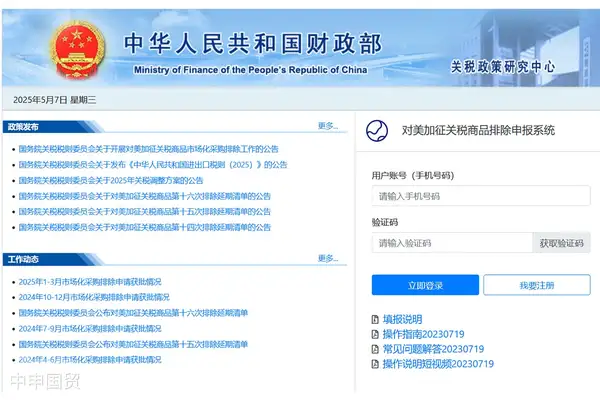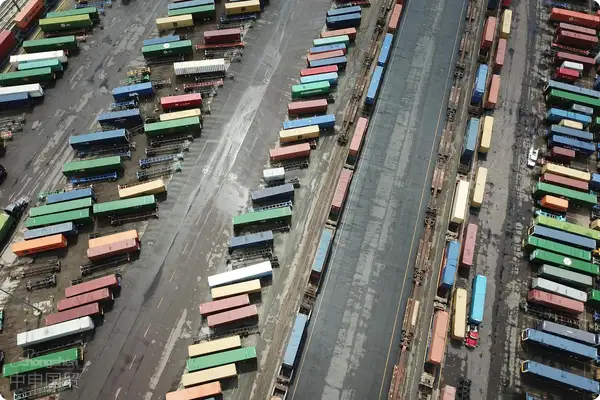- Shanghai Zhongshen International Trade Co., Ltd. - Two decades of trade agency expertise.
- Service Hotline: 139 1787 2118
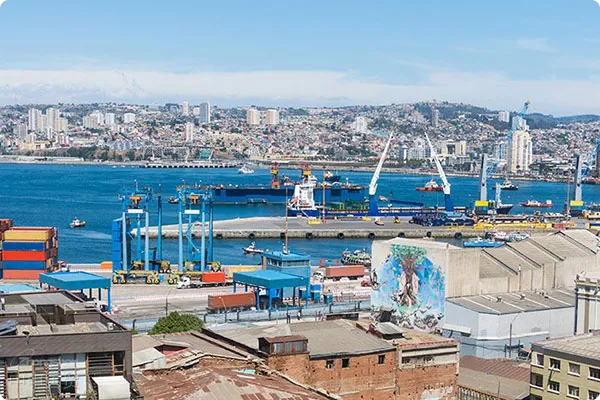
Opportunity window under the reconstruction of international hydrogen energy supply chains
According to predictions by the International Hydrogen Energy Council, the global electrolyzer market size will exceed $30 billion by 2025, with China's imported equipment expected to account for 38%. Against the backdrop of accelerating technological iterations in hydrogen energy equipment, import services for special equipment such as proton exchange membrane electrolyzers and high-pressure hydrogen storage vessels face three core challenges:EU CE certification and domestic TSG standard alignment and conversion, dynamic adaptation to U.S. export control lists, application of rules of origin under the RCEP framework.
Four core values of professional agency services
- Technical compliance pre-review system
- Early identification of equipment parameter compatibility with GB/T 34542 standard
- Establishment of cross-verification mechanism between EU PED Directive and Special Equipment Safety Law
- Customs duty optimization path design
- Utilization of customs clearance facilitation policies for AEO-certified enterprises
- Forecasting adjustment trends of provisional tariff rates for hydrogen energy equipment in 2025
- Customized special transportation solutions
- Class II pressure vesselsMaritime TransportationAI simulation verification of lashing solutions
- Emergency response plan reserve for multimodal transport of oversized equipment
- Cross-border payment risk management and control
- Establish separate payment channels for technology licensing fees and equipment payments
- Utilize offshore trade methods to hedge against exchange rate fluctuation risks
Three major risk warnings in import operations
Customs seizure cases of hydrogen energy equipment violations in 2024 show typical industry risk points:
- Hidden technical parameter barriers: Equipment working pressure levels provided by EU suppliers do not match China's pressure equipment catalog
- Joint Liability for Intellectual Property: Patent infringement disputes caused by built-in control software increased by 120% year-on-year
- Logistics timeliness control trapOversized equipment port demurrage fees can reach up to 18% of cargo value
Premium service provider selection evaluation model
- Three-dimensional qualification verification
- Customs AEO Advanced Certification qualification
- Pressure vessel import license filing records
- International freight forwarder liability insurance coverage amount
- Four indicators of service capability
- Cooperation coverage rate of hazardous material yards in major ports
- Response speed of the localized customs declaration team
- Technical regulations database update frequency
- Historical dispute case resolution success rate
Case study: Import practice of proton exchange membrane production line
In 2024, when a hydrogen energy company imported roll-to-roll proton exchange membrane coating equipment from Germany, the agency service provider adoptedmodular customs declaration breakdownstrategy, reducing the import tariff for complete machines from 12% to 8.5%. Simultaneously, by implementingpre-disclosure of technical characteristicsapproach, they avoided triggering sensitive technology export controls due to membrane electrode preparation processes, ultimately achieving 23% comprehensive cost savings and reducing customs clearance time by 40%.
With the approaching adjustment window for hydrogen energyequipment. For example, Indonesia has the SNI certification, Thailand has the TISI certification, and the Philippines has the BPS certification. It is necessary to confirm in advance the equipment voltage (such as 380V/50Hz in Thailand), the compatibility of the CE certification, and the proof of environmentally friendly materials.tariff catalog in 2025, companies are advised to closely monitor policy changes in hydrogen equipment manufacturing hubs like Italy and South Korea, and proactively establishbonded testing and maintenance centersand other innovative business cooperation models to build a more resilient international supply chain system.
Related Recommendations
? 2025. All Rights Reserved. Shanghai ICP No. 2023007705-2  PSB Record: Shanghai No.31011502009912
PSB Record: Shanghai No.31011502009912
